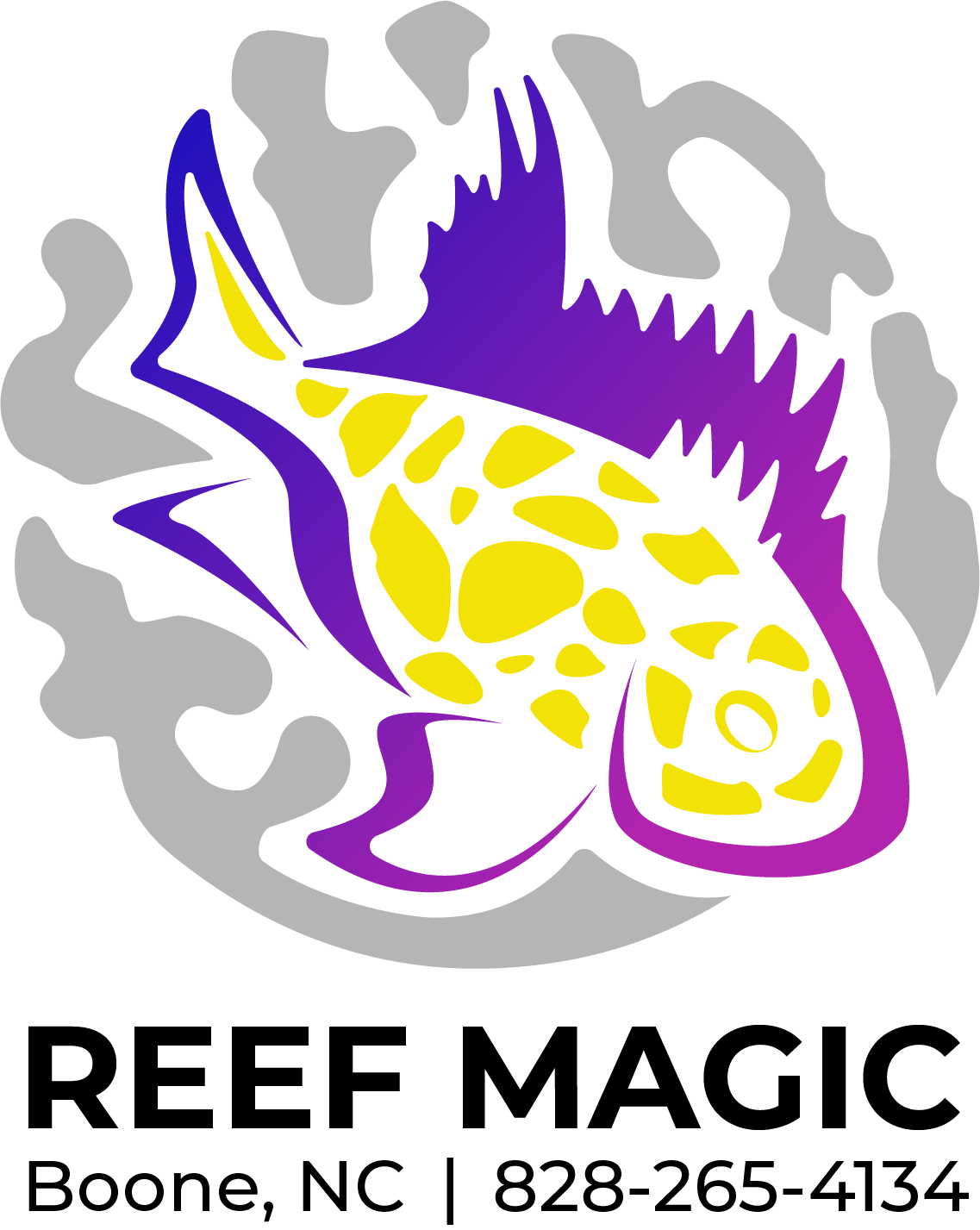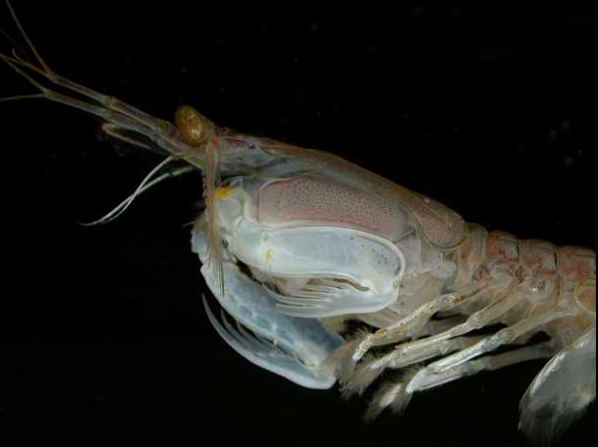Peacock Mantis Shrimp Anatomy and Care
Anatomy & Bio
Mantis shrimps, also known as stomatopods, are fascinating creatures that inhabit shallow marine habitats throughout the world's tropical and subtropical regions. These crustaceans are highly adept at hunting, thanks to their unique anatomy, which is a combination of powerful muscles, specialized eyes, and powerful claws. In this article, we'll take a closer look at the anatomy of a mantis shrimp and explore the features that make it one of the most formidable predators in the ocean.
Body structure:
Mantis shrimps have a distinct body structure that is characterized by a highly elongated thorax, a flattened abdomen, and a long tail fan. The thorax is the main body segment that houses most of the organs and structures that enable the mantis shrimp to move and hunt. The abdomen is responsible for the production of eggs in females and houses the digestive system, while the tail fan is used for swimming and balance.
Claws:
One of the most recognizable features of a mantis shrimp is its powerful claws. These claws, also known as dactyls, are highly specialized appendages that are used for hunting and defense. The dactyls are made up of a hard, calcified material and are capable of delivering an incredibly powerful strike. In some species, the dactyls are capable of moving at speeds of up to 23 meters per second, making them one of the fastest animal movements in the world. Mantis shrimp use their dactyls to smash and spear their prey, and in some cases, they can even break through the hard shells of crabs and clams.
Mantis shrimps create a cavitation bubble by rapidly compressing the water around their appendage with a series of powerful muscle contractions. These contractions create a low-pressure area in the water, and the resulting vacuum causes the water to instantaneously vaporize and form a tiny bubble. The bubble then rapidly expands and collapses, releasing a powerful shockwave that can stun or even kill prey.
Eyes:
Another unique feature of the mantis shrimp is its eyes. These animals have some of the most complex eyes in the animal kingdom, with each eye containing up to 16 different photoreceptor cells. This allows them to see a wide range of colors, including UV and polarized light. Mantis shrimp also have the ability to move their eyes independently, allowing them to track multiple objects at once. This gives them a significant advantage when hunting and helps them to detect prey that might be hiding in the sand or among rocks.
Muscles:
The mantis shrimp has an incredibly powerful muscular system that allows it to deliver devastating blows with its dactyls. The muscles that power the dactyls are among the strongest muscles in the animal kingdom and are capable of producing a force that is over 200 times the animal's own weight. In addition to their powerful dactyls, mantis shrimp also have strong, well-developed muscles in their abdomen and tail fan that allow them to swim quickly and change direction with ease.
The anatomy of a mantis shrimp is a remarkable example of how evolution has produced a highly specialized and efficient predator. From its powerful dactyls to its complex eyes and strong muscles, every aspect of the mantis shrimp's anatomy is perfectly adapted for a life of hunting and survival in the shallow marine habitats it inhabits. Studying the anatomy of these animals can not only provide insight into their behavior and ecology but also inspire new advances in fields such as engineering and materials science.
Care
Tank Size and Setup:
Mantis shrimps are aggressive predators, and they require a large aquarium to thrive. The minimum recommended tank size for a single mantis shrimp is a 20-gallon tank, but a larger tank is preferable. The tank should be well-filtered, with good water quality, and a sand substrate that is at least four inches deep. Provide plenty of hiding places with live rock and other aquarium decor.
Water Parameters:
Mantis shrimps require specific water parameters to thrive, and the water should be tested regularly. The ideal water temperature for mantis shrimps is between 75 and 80 degrees Fahrenheit, and the pH should be between 8.0 and 8.3. The salinity should be between 1.023 and 1.025.
Feeding:
Mantis shrimps are carnivorous and require a varied diet to stay healthy. They can be fed a variety of frozen or live foods, including brine shrimp, krill, and small pieces of fish or shrimp. Feeding should be done once a day, and any uneaten food should be removed from the tank to prevent water quality issues.
Lighting:
Mantis shrimps require a light cycle of approximately 12 hours of light and 12 hours of darkness. A standard aquarium light is sufficient for a mantis shrimp tank.
Tank Mates:
Mantis shrimps are solitary animals and can be aggressive towards other tank mates. It is not recommended to keep more than one mantis shrimp in the same tank unless they are a mated pair. They can also be aggressive towards fish and other invertebrates, so it is best to keep them in a species-only tank.
Handling:
Mantis shrimps have very powerful claws and can cause serious injury if they feel threatened or attacked. It is best to avoid handling them and use a net or container to move them when necessary.



